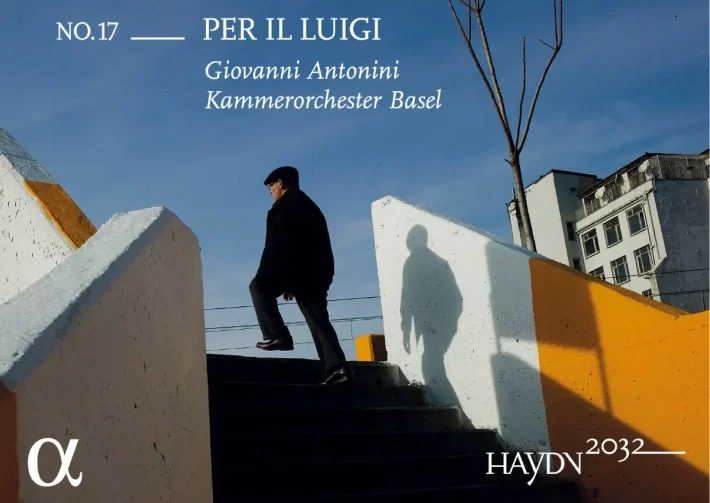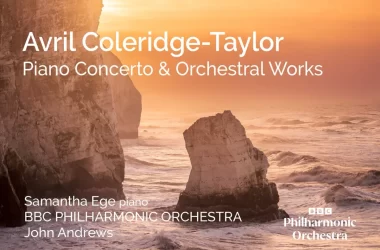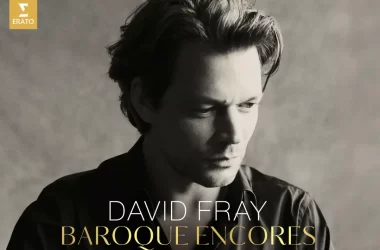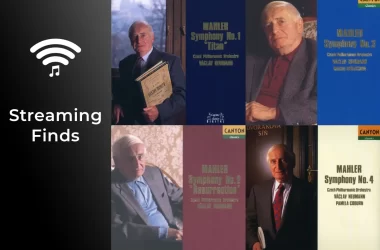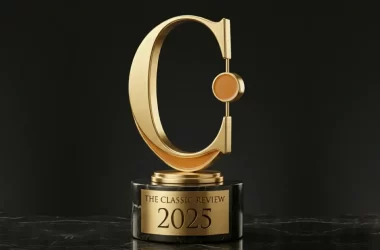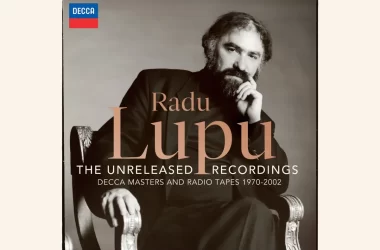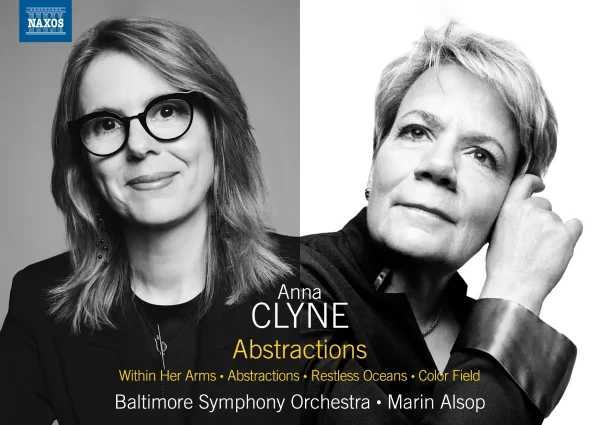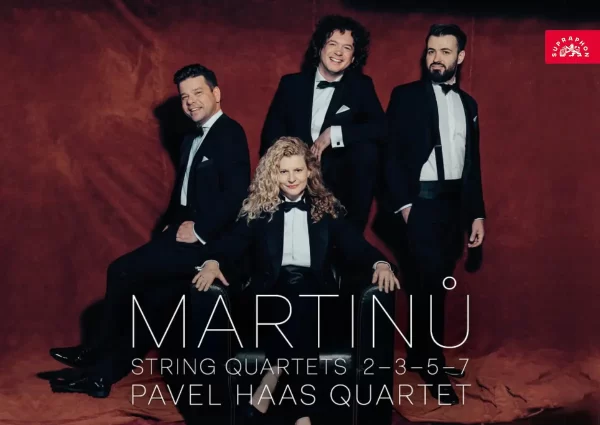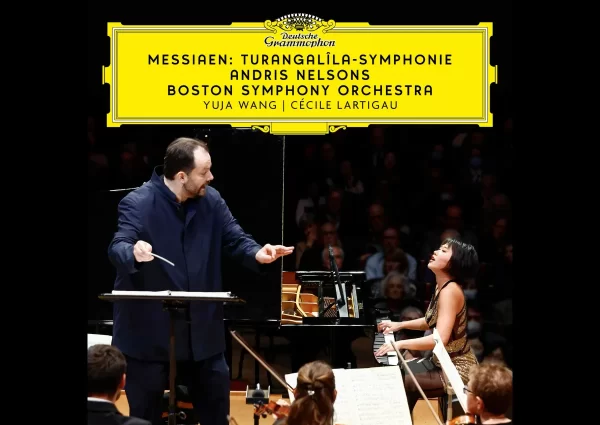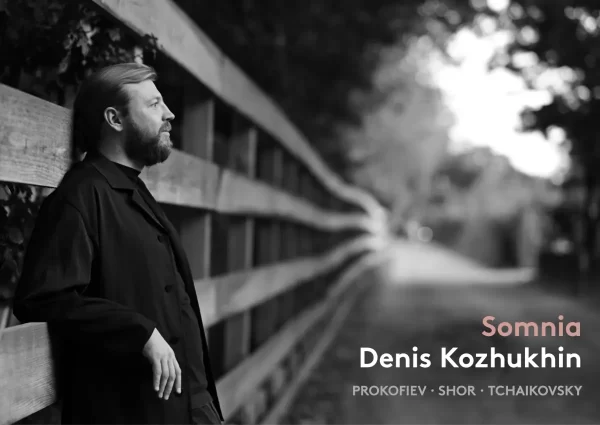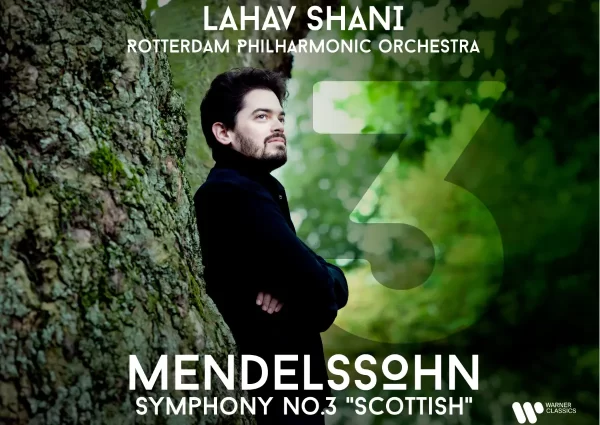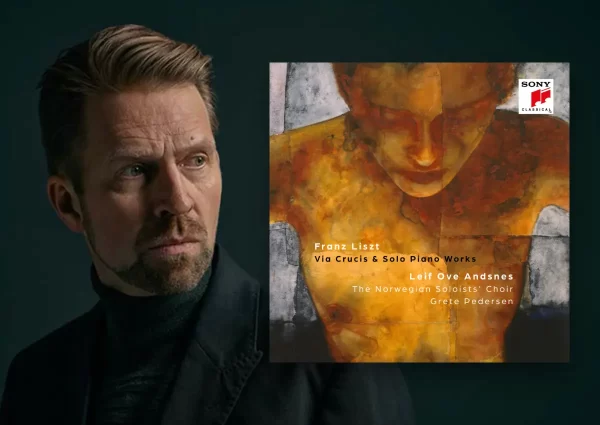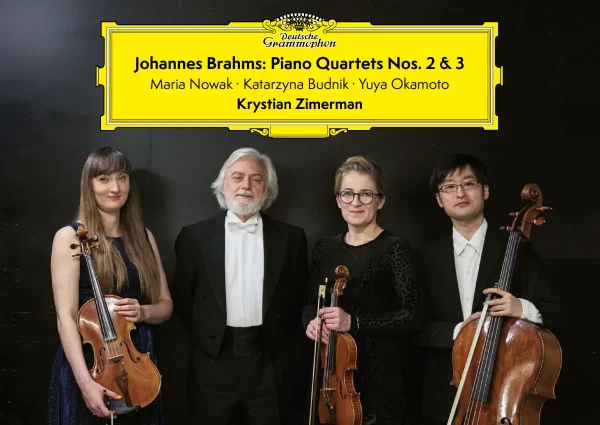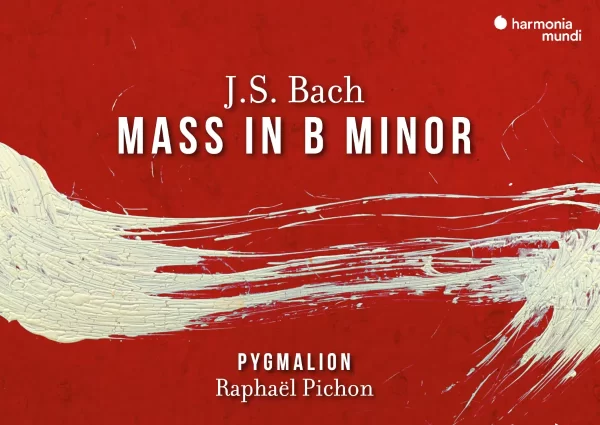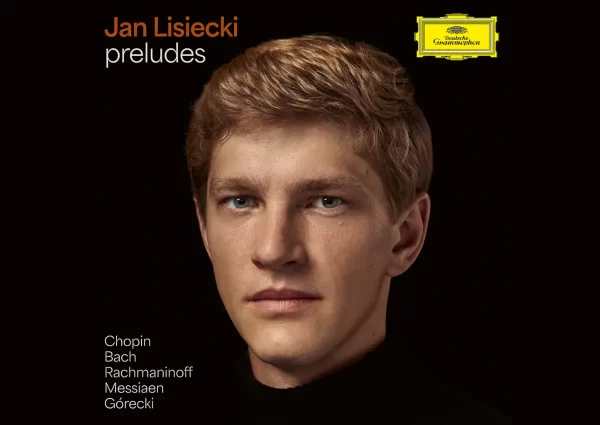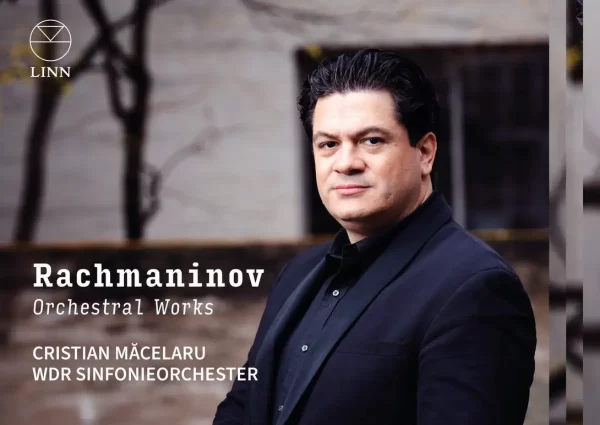This latest volume in the Haydn 2032 series is titled ‘Per il Luigi,’ a reference to Italian violinist Luigi Tomasini, who became concertmaster of the Esterhazy orchestra in June 1761. Haydn wrote all three symphonies included here (Nos. 13, 16 and 36, as well as the first violin concerto) to highlight the talents of individual players in his ensemble.
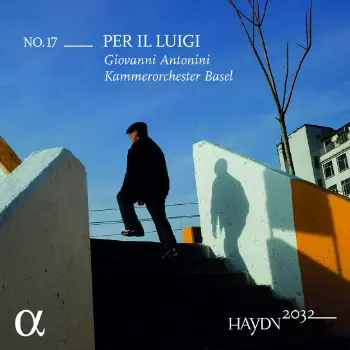
The program opens with a spirited reading of Symphony No. 36. In earlier volumes Antonini has sometime driven the music too hard, but here his tempos seem just right: fast and energetic, but never hectic. Kammerorchester Basel’s playing is unfailingly elegant and refined. Compared to the recent Haydn symphony cycle by the Heidelberger Sinfoniker (Hänssler), the Basel players consistently offer playing of greater nuance and sophistication, aided by Alpha’s clear yet warm engineering.
No. 36’s slow movement features lovely dialogues between the principal strings, followed by joyfully spirited renditions of the final two movements. The only missing ingredient is humor – this performance rarely smiles. In the last two movements especially, there is greater playfulness and joy-de-vivre than Antonini finds (the same is true of Thomas Fey’s Heidelberger reading). Do both conductors perhaps believe highlighting Haydn’s impish wit would make him a lesser composer in comparison to Mozart and Beethoven?
The three-movement Symphony No. 16 is beautifully played, the opening Allegro not too fast, accents never sharply punched as has sometimes happened in earlier releases. Dmitri Smirnov’s playing in the Violin Concerto No. 1 is both brilliant and charming (strangely, his name is listed on the CD case, but not in the booklet, nor is his biography provided). His reading matches the excellence of Giuliano Carmignola’s performance with the Orchestre des Champs-Élysées (Archiv). Interestingly, a harpsichord continuo is used for the concerto, but not the symphonies, a practice which, according to historical testimonies, Haydn used.
The album ends with a fabulous reading of Symphony No. 13, its four horns creating a more robust color palette. The first movement’s Development creates a particularly engaging conversation between instrumental groups, but the high point of this performance (indeed, the entire album) is the second movement ‘Adagio cantabile.’ Essentially a ‘song without words,’ the solo cello’s supple, achingly lyrical melodies are played with a tenderness that draws his colleagues into an intimate and hushed raptness. I repeated this movement several times before moving onto the final two movements.
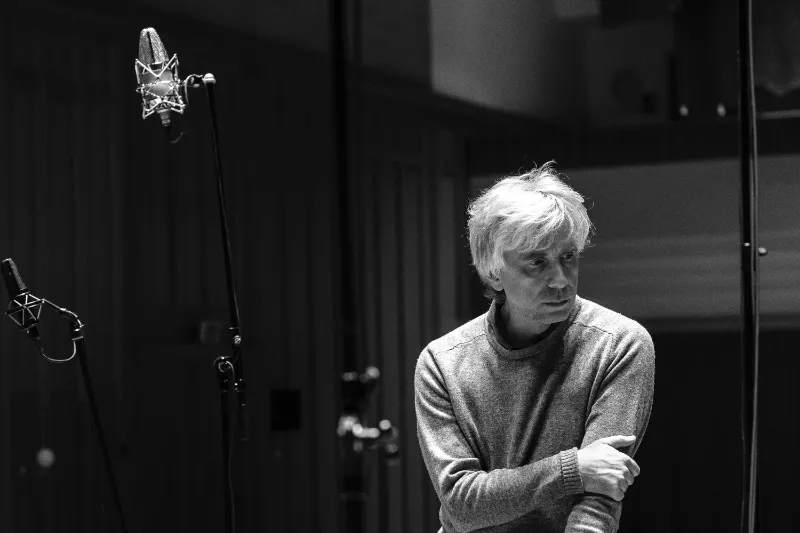
Giovanni Antonini (image: © Federico Emmi)
The Minuet is a delight, and the flute’s dancing arabesques in the Trio are another highlight. Most listeners will note the Finale’s theme is built from the same four-note theme used in the final movement of Mozart’s last symphony. (Mozart used this theme more than once, including in Symphony Nos. 1 and 33. The motif is actually borrowed from a Gregorian chant.) Haydn’s writing is brilliantly contrapuntal (as is Mozart’s) though more rambunctious: the smooth four-note motif immediately answered by a short, syncopated musical raspberry. Throughout this symphony Antonioni more fully realizes the music’s playful humor, making this the best performance on the disc.
I greatly enjoyed this album and am hopeful Antonini will continue to relax in future volumes, and to revel in the composer’s humor. It is a unique aspect of Haydn’s genius; a quality too rarely explored in previous volumes in this series.
Recommended Comparisons
Fischer | Heidelberger Sinfoniker | Solomons | Carmignola

Album Details |
|
|---|---|
| Album name | Haydn 2032, Vol. 17 – Per Il Luigi |
| Label | Alpha Classics / Outhere |
| Catalogue No. | ALPHA1146 |
| Artists | Kammerorchester Basel, Giovanni Antonini |
Included with an Apple Music subscription:
Latest Classical Music Posts

